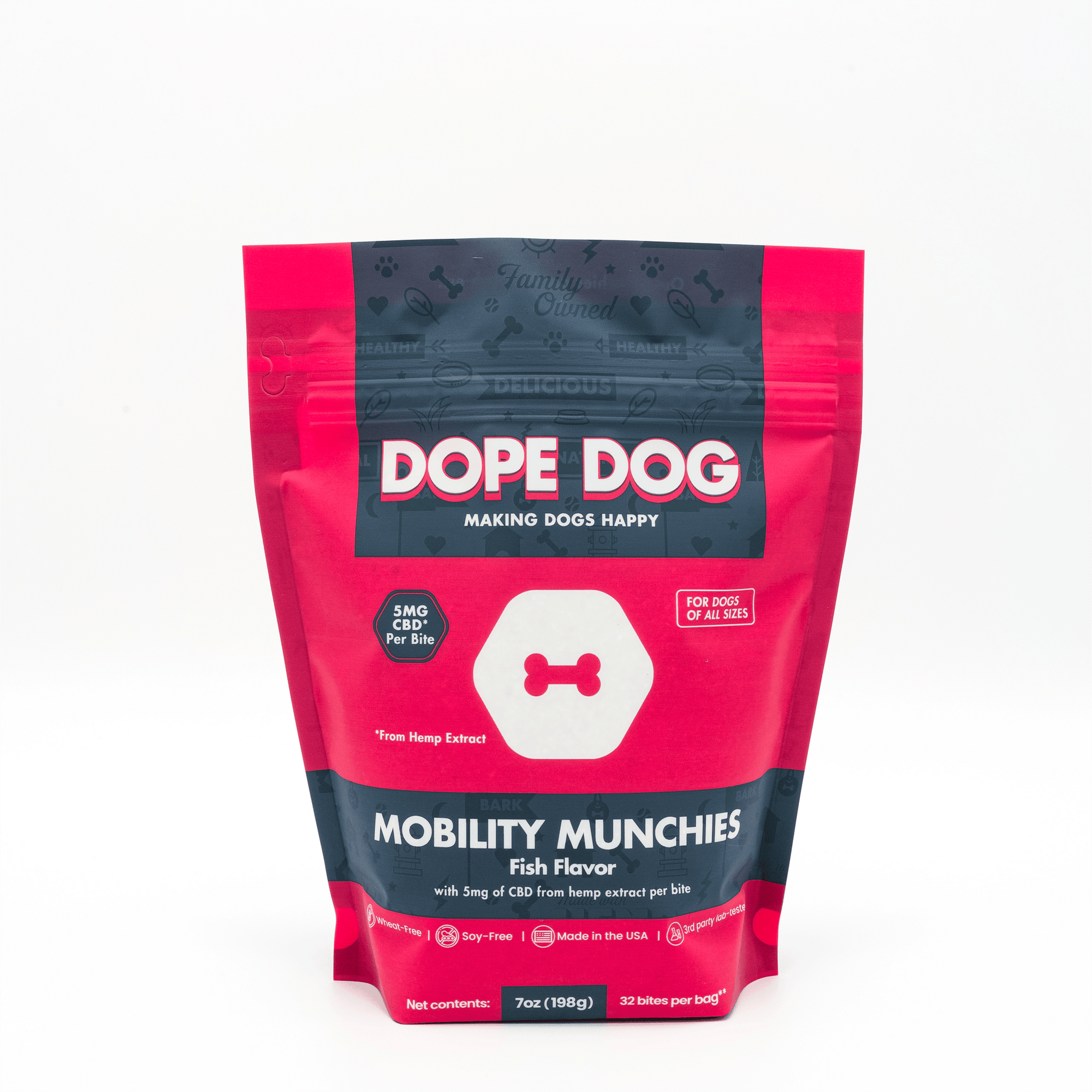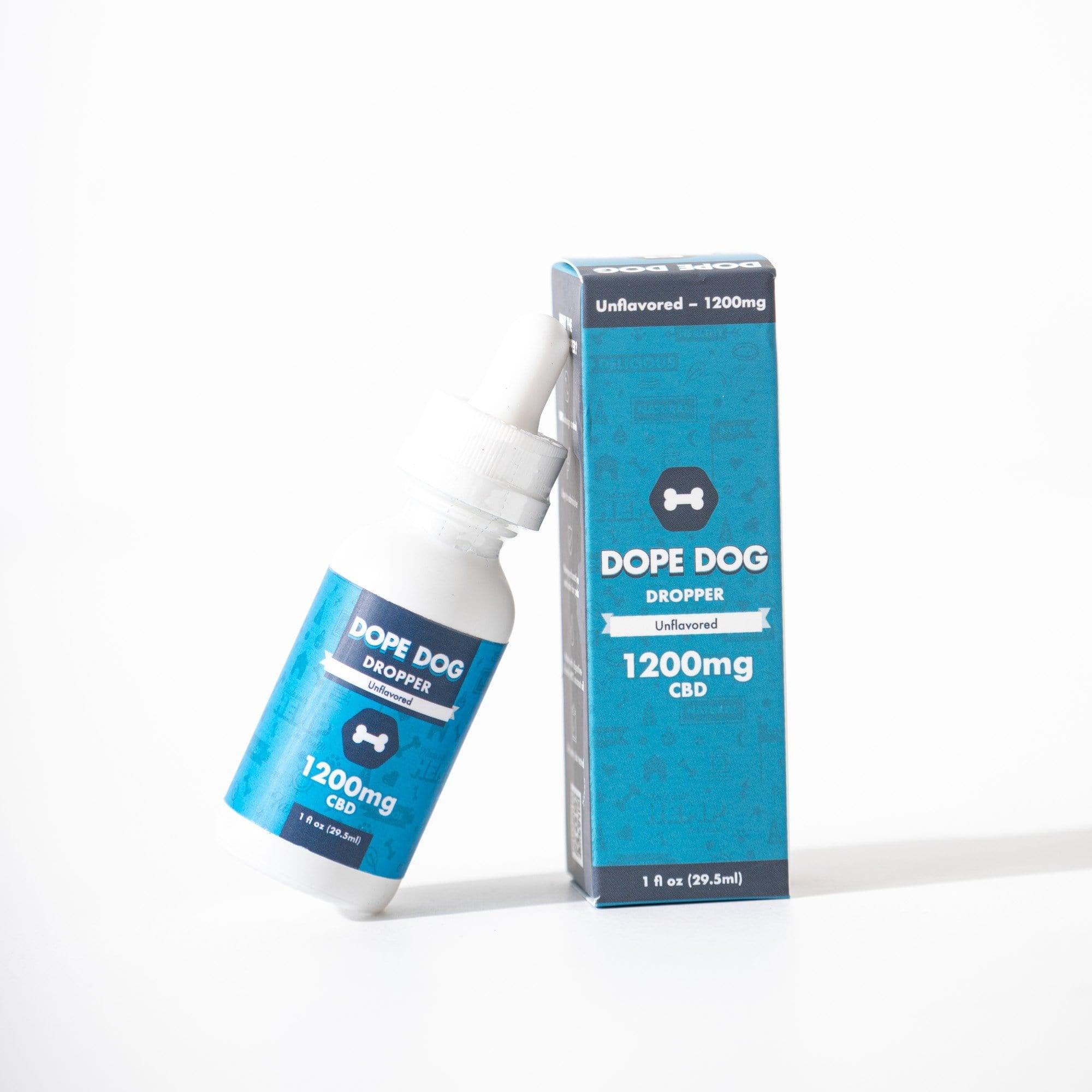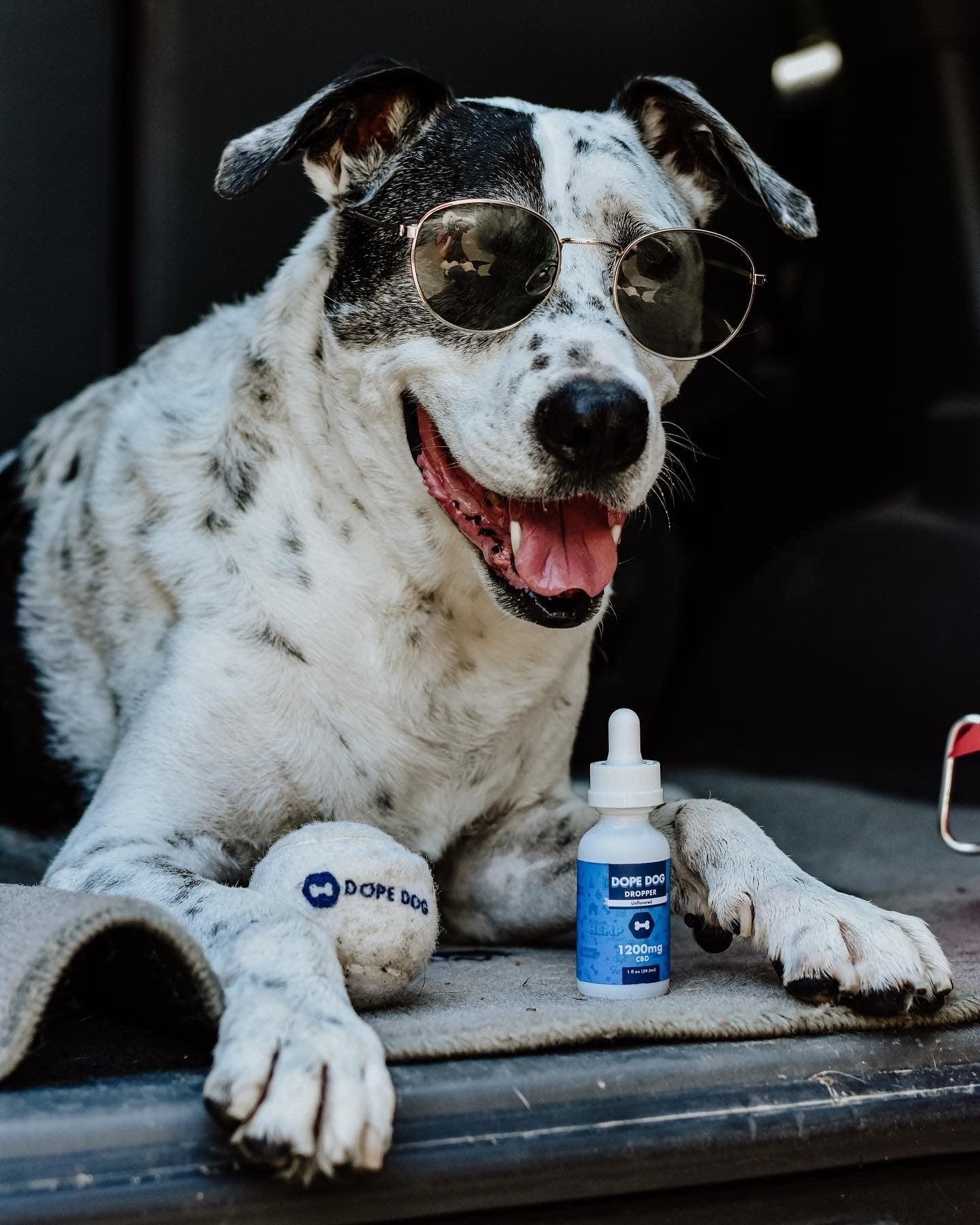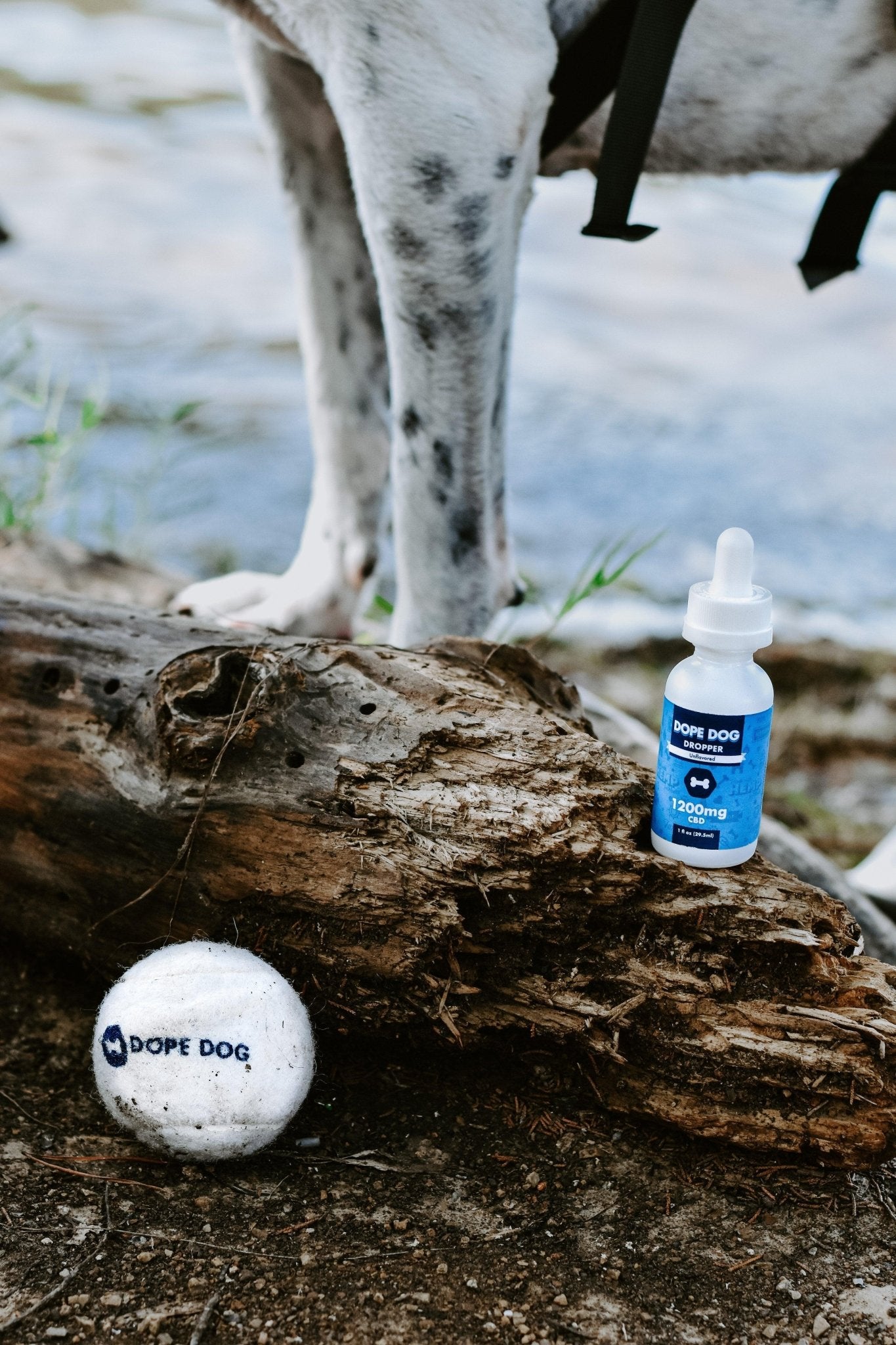Dogs, with their boundless curiosity, often find themselves in unexpected situations, like getting stung by bees. Whether it's a sting on the paw, causing limping, or a more alarming sting inside the mouth, the aftermath can be quite painful. As evidenced by numerous dog stung by bee photos, the symptoms can vary, from swelling at the sting site to more severe allergic reactions. As diligent pet owners, recognizing these symptoms and knowing the appropriate dog stung by bee treatment is vital. Sometimes, the challenge might even be that you can't find the stinger. In this article, we'll delve into the signs to look out for, from the obvious physical changes to behavioral shifts like limping. We'll also discuss preventive measures and immediate care strategies. Join us as we navigate the buzzing hazards of bee stings to safeguard our four-legged companions.
Related Link: Tips on How To Stop Dogs from Barking
Introduction to Dogs and Bee Stings
Dogs are beloved companions, bringing joy and happiness to our lives. However, their curious nature can sometimes lead them into unexpected encounters, including run-ins with bees. Just like humans, dogs can experience the pain and discomfort of a bee sting. Dog owners must recognize bee sting dangers, understand symptoms, and ensure quick action and veterinary care.

What happens when a dog gets stung by a bee?
A bee sting can cause different reactions in dogs, varying by the dog and sting severity. Initially, the dog may experience pain, swelling, and redness at the site of the sting. In some cases, the dog may try to paw at the affected area or exhibit signs of discomfort. However, the reaction can go beyond a localized response, leading to more severe systemic reactions or even an allergic reaction.
Common symptoms of bee stings in dogs
It's important for dog owners to be familiar with the typical symptoms of a bee sting in dogs. While each dog may react differently, some common signs include swelling at the sting site, redness, and pain. The dog may also display signs of distress, such as whimpering or excessive licking of the affected area. In more severe cases, systemic symptoms may arise, including difficulty breathing, hives, vomiting, weakness, or collapse. Recognizing these symptoms is crucial to ensure prompt and appropriate care for our furry friends.
While the venom can be toxic, most dogs will be fine healing on their own if they don’t have an allergic reaction.
Importance of immediate action and veterinary care
When a dog gets stung by a bee, time is of the essence. Immediate action and veterinary care are vital to alleviate the dog's discomfort and prevent potential complications. While some bee stings may only result in mild local reactions, others can lead to severe allergic reactions, which can be life-threatening. Seeking prompt veterinary care is essential for treating bee stings in dogs, providing necessary treatments and monitoring for complications. Delaying care risks the dog's health.
Related Link: 6 Facts Your Vet Wished You Knew About Keeping Your Dog Healthy
Understanding Bee Stings and Dogs
Dogs, being curious creatures, may encounter various types of bees during their outdoor adventures. It's important for dog owners to understand the different aspects of bee stings and how they can affect our furry companions. In this section, we'll discuss bee types, sting effects, dogs' allergic reactions, factors influencing sting severity, and differences between bee stings and other insect bites.

Types of bees and their stings
There are several types of bees commonly found in different regions, including honeybees, bumblebees, and wasps. Each bee type stings differently, but all can cause pain and discomfort for our dogs. Honeybees, for instance, leave their stinger behind when they sting, which continues to release venom into the dog's body. On the other hand, wasps and some species of bumblebees can sting multiple times without losing their stinger. Understanding the specific bee species in your area can help in identifying potential risks and choosing appropriate preventive measures.
Allergic reactions in dogs
Just like humans, dogs can also experience allergic reactions to bee stings. An allergic reaction occurs when a dog's immune system overreacts to the venom injected by the bee. Most dogs show localized reactions to bee stings, but some can experience severe systemic allergic reactions. These allergic reactions can be life-threatening and require immediate medical attention. Dog owners should know their dog's potential allergies and seek a veterinarian's guidance for evaluation and management.
Does your dog need an all-natural inflammation supplement? Shop Dope Dog’s all-natural CBD oil-infused dog products.
Factors that may impact the severity of the sting
The severity of a bee sting's impact on a dog can vary based on several factors. The location of the sting plays a significant role. If the sting occurs near vital areas such as the throat or face, the potential for more severe symptoms increases. Additionally, the number of stings a dog receives can also impact the severity of the reaction. Dogs that are stung multiple times may experience more pronounced symptoms compared to those stung only once. Moreover, the size, age, and overall health of the dog can influence the body's reaction to the venom. It's important to consider these factors when assessing the potential impact of a bee sting on a dog.
Differences between bee stings and other insect bites
While bee stings can cause discomfort and allergic reactions in dogs, it's crucial to differentiate them from other insect bites. Insects such as mosquitoes, fleas, and ticks can also bite dogs and cause various reactions. Mosquito bites, for example, may result in itching and localized swelling, but they rarely cause severe allergic reactions.
Flea bites, on the other hand, can lead to intense itching, skin irritation, and even flea allergy dermatitis in some dogs. Distinguishing between bee stings and other insect bites ensures accurate identification and proper care for our dogs.

Signs and Symptoms of Bee Stings in Dogs
Recognizing bee sting symptoms in dogs is vital to offer timely care and ensure their well-being. In this section, we will explore the various manifestations of bee stings in dogs, including both localized and systemic reactions.
Localized reactions
When a dog gets stung by a bee, it often results in localized reactions at the sting site. These reactions typically include swelling, redness, and pain. The degree of swelling can vary depending on the dog's sensitivity to the venom and the location of the sting. In some cases, swelling is minor and resolves quickly, but in others, it can last hours or even days. It's important to note that some dogs may experience more discomfort than others, depending on their individual pain thresholds.
In addition to swelling, redness and pain, it's also possible to observe a visible stinger at the sting site. Honeybees, as mentioned earlier, leave their stingers behind when they sting. If you see a stinger, remove it immediately because the venom keeps releasing while the stinger stays in the dog's skin. Carefully using tweezers or a credit card, gently scrape or pull out the stinger without squeezing it, as squeezing can release more venom into the dog's body.
Related: What To Do When A Dog Has A Yeast Infection
Systemic reactions
While localized reactions are the most common, some dogs may experience more severe systemic reactions to bee stings. These reactions involve the dog's entire body and can be quite concerning. One of the most critical systemic reactions to look out for is difficulty breathing or wheezing. If you notice any changes in your dog's breathing pattern, such as rapid or labored breathing, it is essential to seek immediate veterinary care.
In addition to respiratory symptoms, systemic reactions can also manifest as hives and itching throughout the body. Dogs may scratch excessively or rub against furniture to alleviate the itchiness. Swelling in the face, neck, or throat can also occur, which can be particularly dangerous as it can lead to airway obstruction. Furthermore, dogs may experience gastrointestinal symptoms such as vomiting, diarrhea, or excessive drooling. In severe cases, weakness or collapse may be observed, indicating a potentially life-threatening situation that requires immediate veterinary attention.
It's important to note that systemic reactions can indicate an allergic response to the bee sting. Allergic reactions can vary in severity, and even mild reactions can progress rapidly. Therefore, if you notice any signs of a systemic reaction, it is crucial to seek veterinary care immediately to prevent further complications.
Immediate Care for a Dog Stung by a Bee
When a dog gets stung by a bee, immediate care is essential to alleviate their discomfort and minimize the potential for complications. In this section, we will discuss the necessary steps to take in providing immediate care for a dog stung by a bee, including safety precautions, removing the stinger, home remedies, and knowing when to seek veterinary help.
Safety precautions for both the dog and the handler
Before administering any care, it is crucial to ensure the safety of both the dog and the handler. Dogs in pain or distress may exhibit unpredictable behaviors, so it's important to approach them with caution. If the dog is agitated or aggressive, it may be necessary to use a muzzle or seek professional help to safely handle the situation. Additionally, it is advisable to wear protective gloves to prevent any potential skin contact with the venom or accidental stings to the handler.
Removing the stinger and treating the sting site
If you notice a visible stinger at the sting site, it is important to remove it promptly. As mentioned earlier, honeybees leave their stingers behind, and the venom continues to be released as long as the stinger remains embedded in the dog's skin. Using tweezers or a credit card, gently scrape or pull out the stinger without squeezing it to avoid releasing more venom into the dog's body. Once the stinger is removed, clean the area with mild soap and water to reduce the risk of infection.
After removing the stinger, you can apply a cold compress or an ice pack wrapped in a cloth to the affected area. The cold temperature helps to reduce swelling and provide relief from pain. Be sure to limit the duration of cold therapy to avoid potential tissue damage. Additionally, you can consider using over-the-counter antihistamine creams or gels specifically formulated for dogs to alleviate itching and inflammation. However, always consult with a veterinarian before administering any medication to ensure the safety and appropriate dosage for your dog.
Related: Can A Dog Overdose On CBD?
Home remedies and first aid for bee stings in dogs
In addition to the immediate care mentioned above, there are a few home remedies and first aid measures that can help provide relief to a dog stung by a bee. One such remedy is creating a paste using a mixture of baking soda and water. Apply the paste to the sting site to help neutralize the venom and reduce itching. Another option is to use a mixture of equal parts water and apple cider vinegar, which can help soothe the affected area.
It's important to note that while these home remedies can provide temporary relief, they should not replace proper veterinary care. If your dog displays any signs of a severe allergic reaction or if the symptoms worsen despite initial care, it is crucial to seek immediate veterinary help.
When to seek veterinary help and emergency care
While minor bee stings may only require home care, certain situations warrant immediate veterinary attention. You should seek veterinary help if your dog experiences any of the following:
- Signs of a severe allergic reaction, such as difficulty breathing, significant swelling, or collapse.
- Multiple bee stings.
- Sting around sensitive areas like the face, throat, or genitals.
- Intense pain or discomfort that persists or worsens.
- Symptoms that last longer than a couple of days.

In these cases, it is best to contact your veterinarian or the nearest emergency veterinary clinic for guidance. They can provide the necessary treatment, such as antihistamines, pain relief, and in severe cases, epinephrine or other life-saving measures.
Remember, the well-being and safety of your dog should always be the top priority, and seeking veterinary help when needed is crucial to ensure their recovery and overall health.
Prevention and Long-Term Management
Preventing bee stings in dogs is vital to ensure their safety and well-being. In this section, we will explore various strategies and measures that can be implemented to reduce the risk of bee stings. Additionally, we will discuss long-term management for dogs with known allergies and the importance of working closely with a veterinarian.
Related: Zyrtec for Dogs
Avoiding bee stings through environmental modifications
One of the primary steps in preventing bee stings is to identify and remove potential bee attractants from your dog's environment. Bees are often attracted to sweet scents, so it's important to keep food and garbage properly sealed to avoid attracting them. Additionally, certain flowering plants and trees can be particularly appealing to bees. Consider creating a bee-friendly garden in an area that is separate from your dog's play or resting areas.
While creating a bee-friendly garden is important for the conservation of these pollinators, it is equally crucial to ensure that the garden does not pose unnecessary risks to your dog. Avoid planting bee-attracting plants near areas where your dog spends a lot of time, and consider using alternative landscaping options that are less likely to attract bees.
Training and behavioral measures for preventing bee stings
Training your dog to avoid bees can significantly reduce the risk of stings. Teaching your dog basic commands such as "leave it" or "stay" can help redirect their attention away from bees and prevent them from approaching or trying to catch them. Positive reinforcement techniques, such as rewarding your dog for appropriate behavior around bees, can reinforce these commands and further discourage interactions with bees.
Additionally, it's important to be aware of your surroundings during outdoor activities with your dog. Avoid areas with a high concentration of bees, such as flower beds or heavily wooded areas. Keep your dog on a leash in unfamiliar environments to maintain control and minimize the risk of accidental encounters with bees.
Managing known allergies and working with a veterinarian
If your dog has experienced a severe allergic reaction to a bee sting in the past or has been diagnosed with a bee sting allergy, it is crucial to work closely with a veterinarian to manage their condition. Your veterinarian can perform allergy testing to identify specific allergens and develop an appropriate treatment plan. This may include the use of antihistamines or, in severe cases, the administration of immunotherapy to desensitize your dog to bee venom.
It's important to have a discussion with your veterinarian about emergency protocols and necessary medications, such as epinephrine, in case of future bee stings. Be sure to keep these medications readily accessible and familiarize yourself with their proper usage and dosage.
Carrying bee sting kits or medications for emergency situations
When venturing outdoors with your dog, especially in areas where bee encounters are more likely, consider carrying a bee sting kit or emergency medications. These kits typically include antihistamines and other first aid supplies that can provide immediate relief while awaiting veterinary care. It is important to remember that these kits are not a substitute for professional veterinary care, and seeking veterinary attention should still be a priority.
By implementing preventive measures, working closely with a veterinarian to manage allergies, and being prepared for emergencies, you can significantly reduce the risk of bee stings and ensure the well-being of your beloved canine companion.
Conclusion
Bee stings can be a painful and distressing experience for dogs. However, with proper knowledge and preparedness, we can minimize the risks and provide effective care for our furry friends. In this comprehensive blog post, we have explored the various aspects of dog and bee sting encounters, from understanding the symptoms to providing immediate care and implementing preventive measures.
It is crucial to be aware of the signs and symptoms of bee stings in dogs, both localized and systemic, to ensure prompt and appropriate care. Immediate action, such as removing the stinger and treating the sting site, can help alleviate discomfort and prevent further complications. Additionally, understanding the types of bees, allergic reactions in dogs, and factors that impact the severity of the sting can help us better assess the situation and take necessary precautions.
Preventing bee stings through environmental modifications, training, and behavioral measures can significantly reduce the risk of incidents. For dogs with known allergies, proper management in collaboration with a veterinarian is essential. Carrying bee sting kits or emergency medications can also provide peace of mind during outdoor adventures.
Remember, the well-being and safety of our canine companions should always be a top priority. If you suspect your dog has been stung by a bee or displays any concerning symptoms, it is crucial to seek veterinary attention. Only a trained professional can provide proper diagnosis, treatment, and guidance specific to your dog's needs.
By being proactive, knowledgeable, and prepared, we can help protect our beloved dogs from the buzzing dangers of bee stings and ensure they continue to enjoy their adventures in a safe and happy manner.



![Why is My Dog's Ear Swollen? [MUST KNOW!]](http://dope.dog/cdn/shop/articles/tim-higham-QxDXORRktWE-unsplash-555717.jpg?v=1697236049&width=1536)















